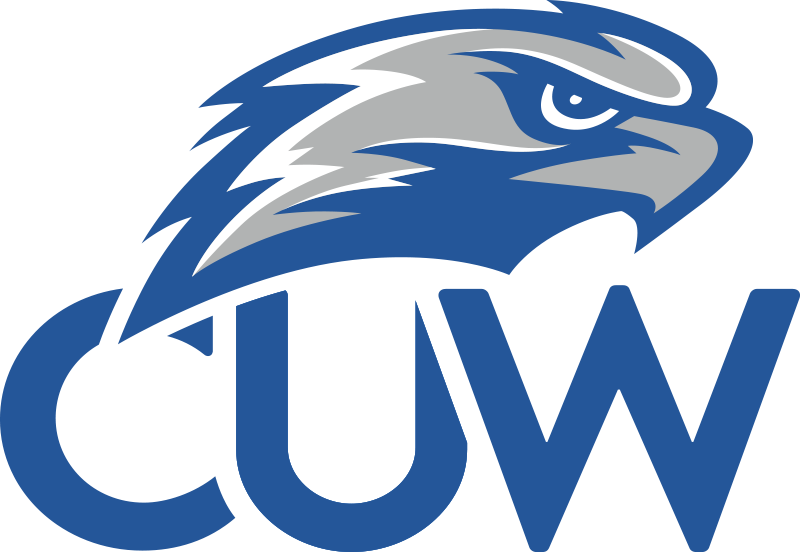Every dodgeball player has dealt with various aches and pains. It limits the way we can play the game we love. Whether it’s taking too much ibuprofen, missing practices, or limited throw counts in games everybody has had to deviate from the way they want to play at some point.
-Written by UMD Coach Zach Fernald
It is important to note for the contents of this article that I am not a medical
professional and this is not medical advice. If you believe you are seriously injured you should seek actual medical care from a licensed medical professional.
Even if you think your injury is minor you should still see a medical professional for their opinion before beginning any exercise program
While I can’t promise the following will fix every issue (in fact I can promise it won’t), I’ve used the below practices on myself as well as other dodgeball players to help them get out of pain and back on the court.
This is an elbow/shoulder focused plan. Many of the exercises used when addressing problems in these joints overlap due to their close proximity. The following is based on a normal NCDA practice week. Day 1 will signify the first practice of the week, with the second on Day 3 as that is a fairly common practice schedule in the NCDA. If you have a tournament repeat Day 7 for 2-3 days after until you feel good enough to resume your normal schedule.
Day 1:
-Relax, hydrate, eat a big meal. Your body needs to recover from the practice.
Day 2:
–Shoulder/elbow moves 50-100 reps spread throughout the day. The key with
these reps is to stay within whatever your pain free range of motion is. The goal
is to let the body know you aren’t injured and that it can loosen up any tight or
restricted ranges of motion. It’s also good to go for a walk or some similar light
activity outdoors if possible.
Day 3:
-Practice! Fuel your body well and get a good night’s sleep after practice.
Day 4:
–Shoulder/elbow moves 50-100 reps spread throughout the day. This is a good
day to do a moderate upper body workout as well. You can use the template
below, substitutions can be made (i.e. Bench press for pushups) and difficulty
should be scaled based on your pain level and strength. If an exercise causes
pain choose something else! It’s also important to never push to exhaustion
here, the goal is to get blood flow to the painful tissue not to max out.
Example workout:
Pushups 3×20
Lat Pulldown 3×10-12
Bicep curls 1×50-100 (very light, 5 lbs or less)
Tricep Pushdowns 1×50-100 (very light, 5 lbs or less)
Hang from a pull-up bar 1-2 minutes total
Take as many breaks as you need here
Day 5:
Off day, don’t think about your arm. Get some light outdoor activity in.
Day 6:
-100 reps of shoulder and elbows moves spread throughout the day.
This is a good day to do a moderate lower body weight training day as well.
Day 7:
-50-100 reps of joint moves OR nothing. Listen to your body! Repeat until you feel better. Once you feel back to 100%, here’s some things you can do tolimit your chances of having that issue come up again:
Throw 1-2x a week for at least 2-3 weeks leading up to your first practice after a break.
Not max effort, just start with 20-30 throws each session week one and add 10-15 throws each week after. Try to keep that progression until you can get up to 50 throws in a session or practice and not be excessively sore the next day.
Work out! A stronger body is less likely to get hurt all things considered. Some good things to focus on are:
– Bench press/pushups
– Pullups
– Handstands (use a wall if you’re learning)
– Squats/Lunges
– Improving your general mobility
Listen to your body. If your elbow/shoulder starts to feel a little iffy during practice, stop throwing for that day. One practice rep won’t make you but it can break you if you ignore your body.

























